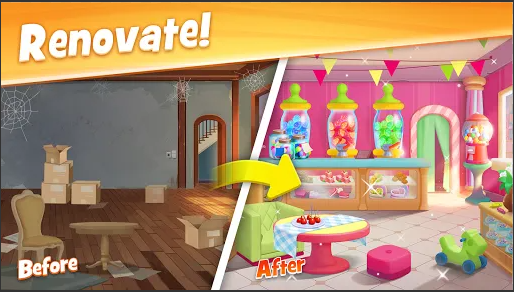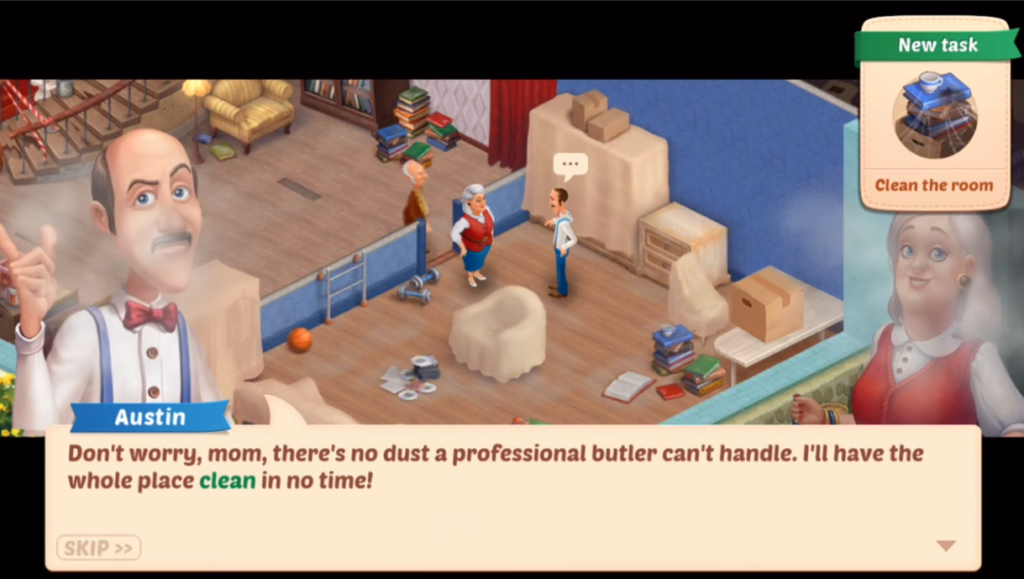In the next few years Virtual Reality is going to offer memorable experiences to the World. I am pretty sure of that, because a lot of money is being invested in the development of those technologies and the most brilliant minds are gathering to work on that.
But I am also pretty sure that the Virtual Reality based on head-mounted displays will never be as big as some tech leader is expecting. It is not because of the price of those, it is not because the motion sickness that will be progressively solved.
It is because as humans we have the survival instinct. Which is why we play games, too. We play games to improve our chances of surviving in the envirnoment. We play to improve our skills. That is basically what we mean when we use the expression “having fun”.
Survival instinct involves many things, among them keeping our body safe. A lot of us smoke cigarettes, that is definitely not keeping our organ safe. But we are doing because the damage is on the long term, so that we live in the illusion that “it can happen, but also not”.
With an headset on, instead, we are covering our eyes. Our instinct will always be to feel unsafe. That is no solution for that, apart from leaving the environment visible with glasses. That is why head-mounted display based VR will never have a massive reach.

